Blog / Top 10 Interior Design Styles Enhanced by AI

Wednesday, 28 May 2025
Top 10 Interior Design Styles Enhanced by AI
The fusion of artificial intelligence (AI) with interior design is revolutionizing how spaces are conceptualized and executed. In India, interest in this synergy is burgeoning, with search volumes indicating significant curiosity: "artificial intelligence tools" garnering 90,500 monthly searches, and "AI interior design" attracting 5,400 searches. This trend underscores a growing inclination towards leveraging AI for smarter, more personalized living spaces.
Recent studies highlight AI's transformative impact on interior design. For instance, a systematic literature review emphasizes how AI technologies are revolutionizing traditional design processes and enhancing creative capabilities . Similarly, research on AI's application in interior design underscores its role in optimizing spatial layouts and improving design efficiency.
The Power Of AI In Interior Design
Artificial Intelligence is not just a design aid—it’s a game-changer. From automating repetitive tasks to generating real-time 3D visualizations and predictive mood boards, AI tools are enabling designers to work smarter and faster. AI can analyze user preferences, spatial data, and lighting conditions to recommend furniture layouts, color palettes, and décor that match individual lifestyles. Whether you are a homeowner or an aspiring professional, understanding how AI intersects with design is now a must-have skill.
Top 10 Trending Interior Design Styles Using AI:
Let's delve into the top 10 interior design styles trending in India and explore how AI is enhancing each.
1) Minimalist Style

Minimalist interior design focuses on simplicity, clean lines, and functional beauty. It embraces the "less is more" philosophy, using neutral color palettes like whites, beiges, and greys to create calm, uncluttered spaces. Thoughtful furniture placement enhances flow and maximizes open areas, making rooms feel more spacious and intentional. With the rise of AI interior design software, designers can now easily visualize and plan minimalist layouts, ensuring balance and harmony in every detail.
2) Modern Style
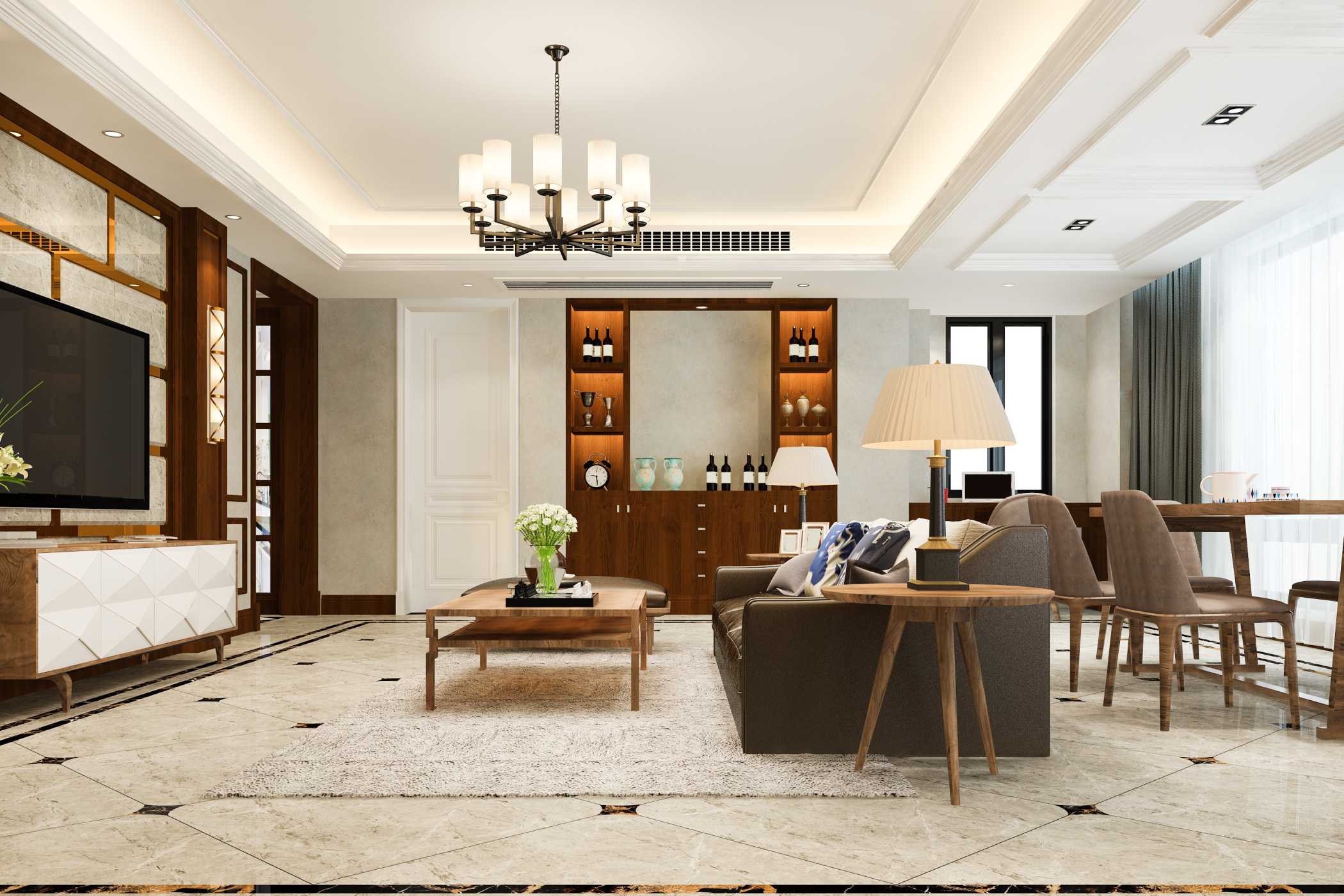
Modern interior design emphasizes sleek lines, open spaces, and a balance between form and function. It often reflects urban interior design aesthetics with a focus on practicality and clean, uncluttered looks. Materials like glass, steel, and wood are commonly used to create a contemporary feel. Lighting conditions play a crucial role in enhancing textures and defining zones within modern spaces. Today, designers increasingly rely on AI-driven tools to optimize layouts, personalize designs, and adapt interiors to dynamic urban lifestyles with precision and efficiency.
3) Scandinavian Design
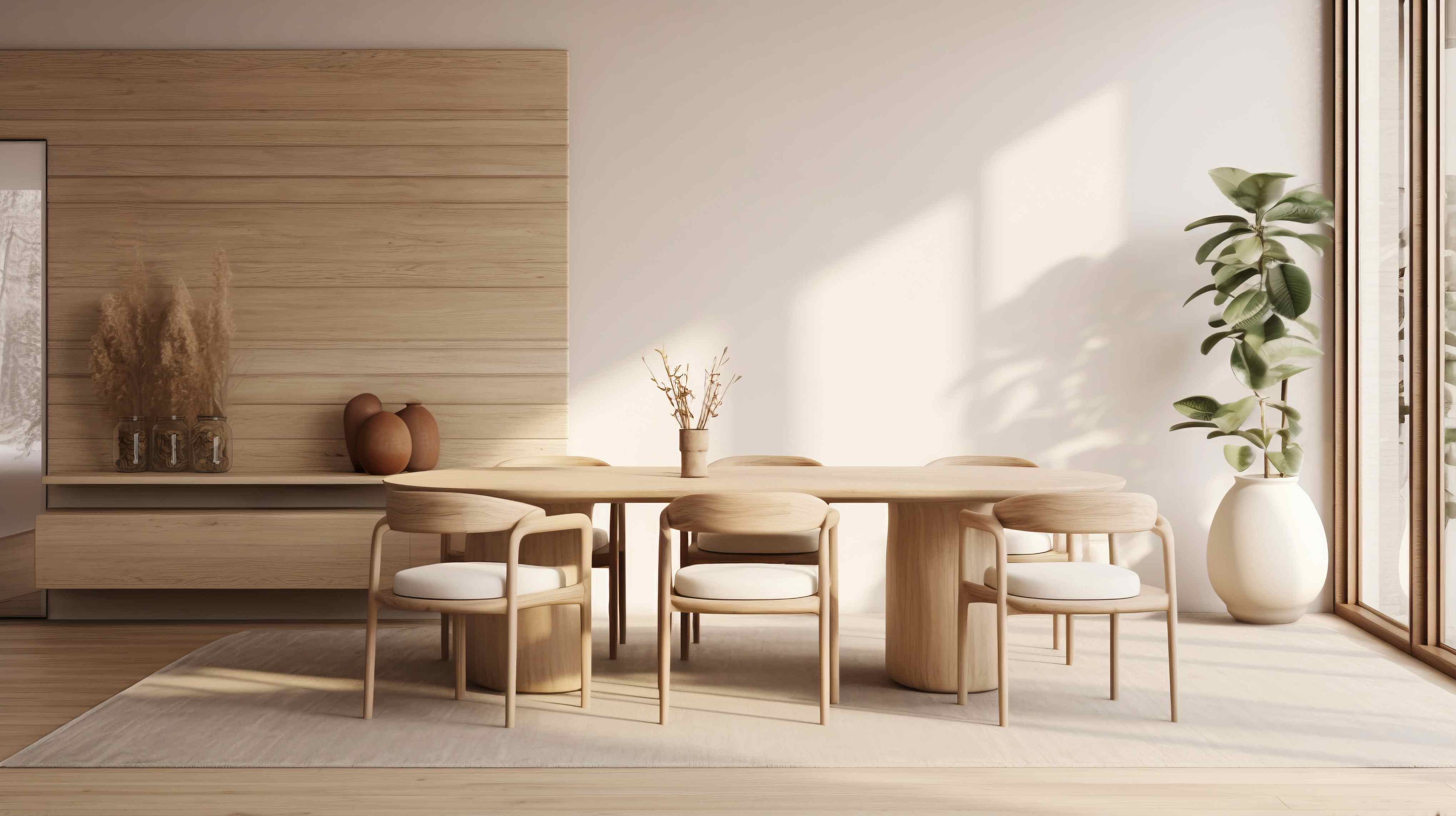
Scandinavian interior design style is known for its simplicity, functionality, and connection to nature. It features minimal décor and soft, muted color schemes—typically whites, greys, and earthy tones—that create a serene and inviting atmosphere. A key element of this style is the emphasis on natural light, which is maximized through large windows and light-reflecting surfaces to make interiors feel bright and airy. This design approach beautifully blends comfort with minimalism, creating spaces that are both stylish and livable.
4) Contemporary Style
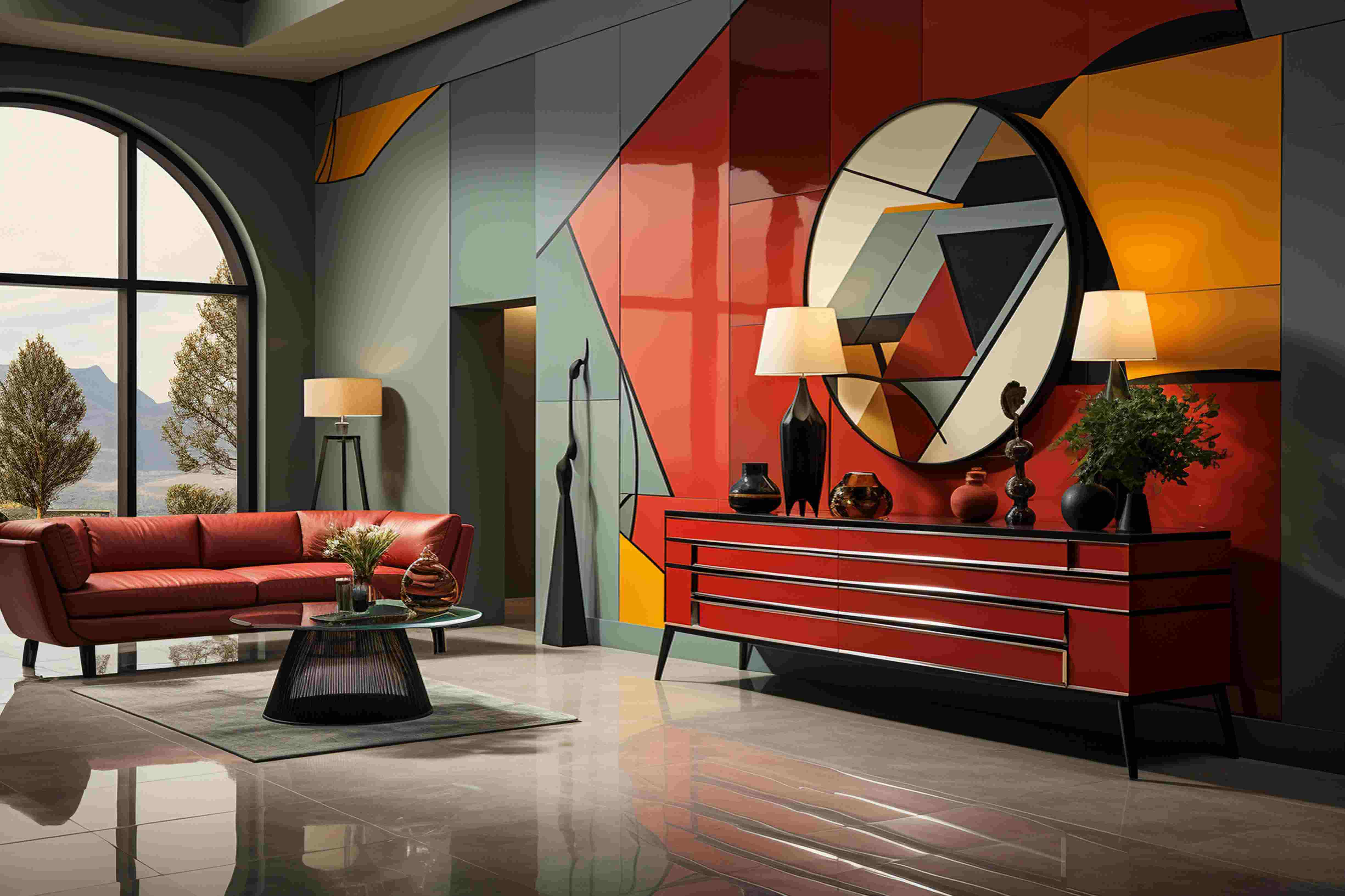
Contemporary interior design is ever-evolving, reflecting current trends while maintaining a clean, sophisticated look. It blends different styles and materials to create fresh, dynamic spaces. Key home decor suggestions for this style include using bold accent pieces, sleek furniture, and a mix of textures like metal, glass, and natural wood. Neutral tones often form the base, with pops of color added through art or accessories to keep the space vibrant and modern. Today, AI is enhancing contemporary interior design by offering personalized layout recommendations, mood-based color palettes, and virtual staging tools. These innovations help designers and homeowners visualize ideas in real time, making decision-making faster, more accurate, and more aligned with individual style preferences.
5) Industrial Style
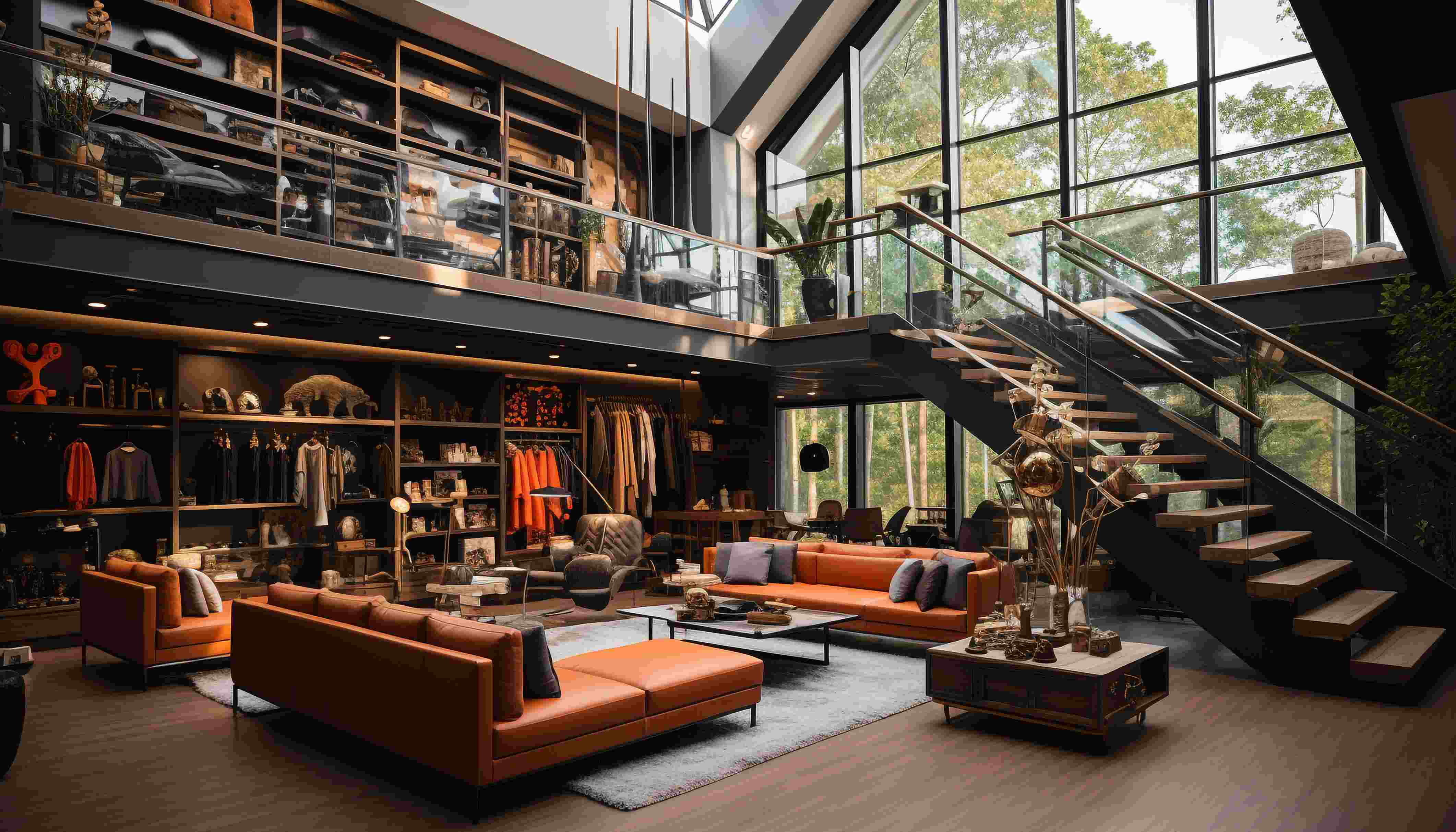
Industrial interior design draws inspiration from warehouses and urban lofts, showcasing raw, unfinished elements for a bold, edgy aesthetic. It embraces raw materials and neutral tones. It often features exposed beams, brick walls, and metal fixtures, balanced with warm wood textures to add depth and comfort. Neutral colors like greys, blacks, and browns dominate the palette, creating a grounded, cohesive look. With the help of virtual mockups, designers can now experiment with layout, materials, and lighting before implementation, ensuring that every element aligns with the authentic industrial interior design vibe. AI can simulate textures and materials, providing virtual mockups that help visualize the final outcome. Studies have demonstrated AI's role in enhancing interior spaces by optimizing design elements.
6) Bohemian (Boho) Style

Bohemian interiors are all about creativity, freedom, and personal expression. Known for their eclectic charm, boho chic spaces embrace layering patterns, vibrant colors, and global influences to create a warm, lived-in feel. Thoughtful furniture layouts are key to maintaining a relaxed yet functional flow, often mixing vintage pieces with handmade décor. Bohemian home decor typically includes textured rugs, woven baskets, and plants, adding to the organic, free-spirited vibe. This style encourages individuality, turning every corner into a story of its own.
7) Mid-Century Modern
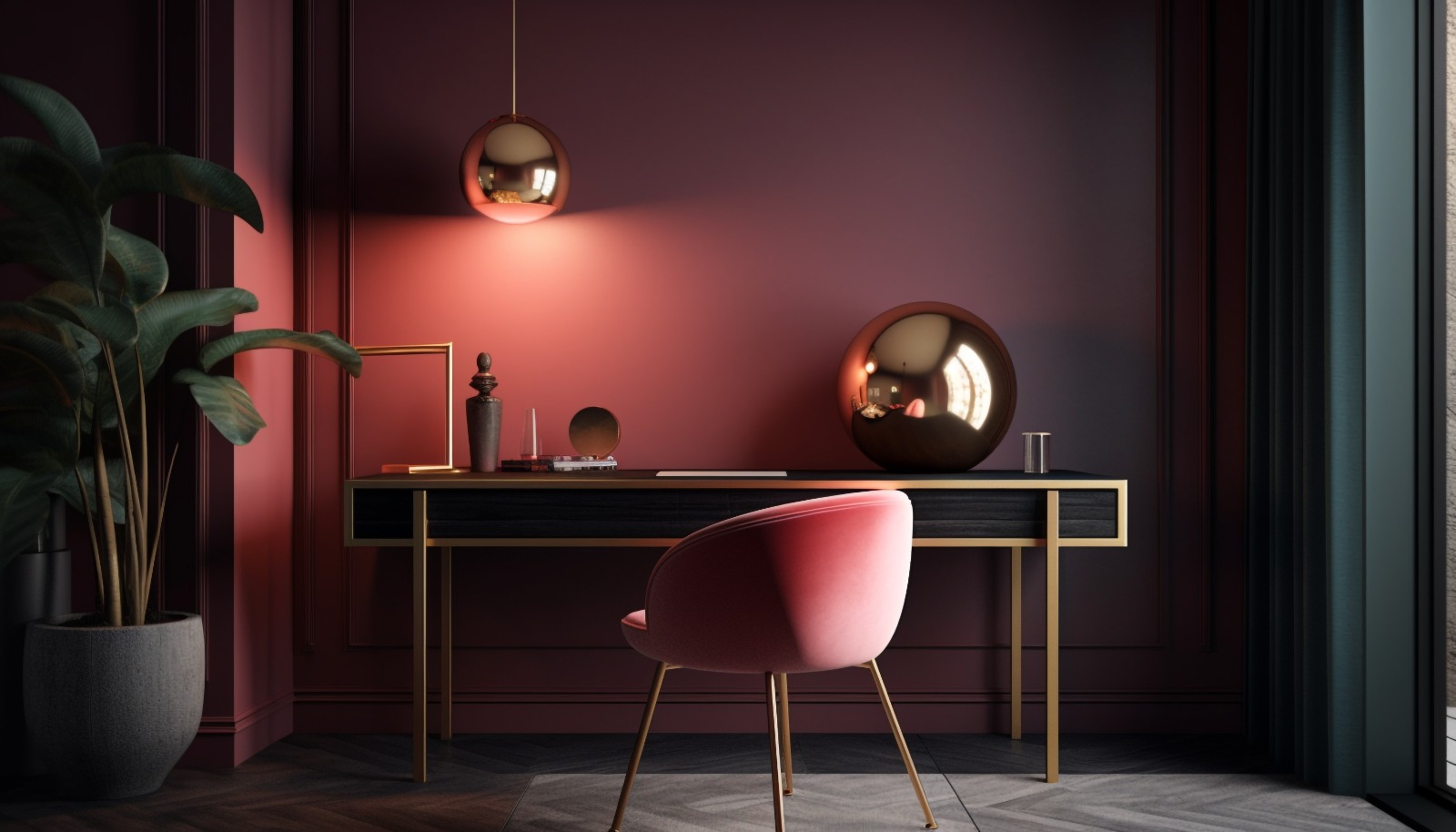
Mid-century modern design is a timeless style known for its clean lines, organic curves, and functional simplicity. Originating in the mid-20th century, it features iconic furniture pieces, tapered legs, and a blend of natural and man-made materials. Vintage color schemes like mustard yellow, olive green, burnt orange, and teal are commonly used to add warmth and character to spaces. This design style effortlessly bridges retro charm with modern sensibilities, making it a popular choice for both classic and contemporary interiors.
8) Japandi Style
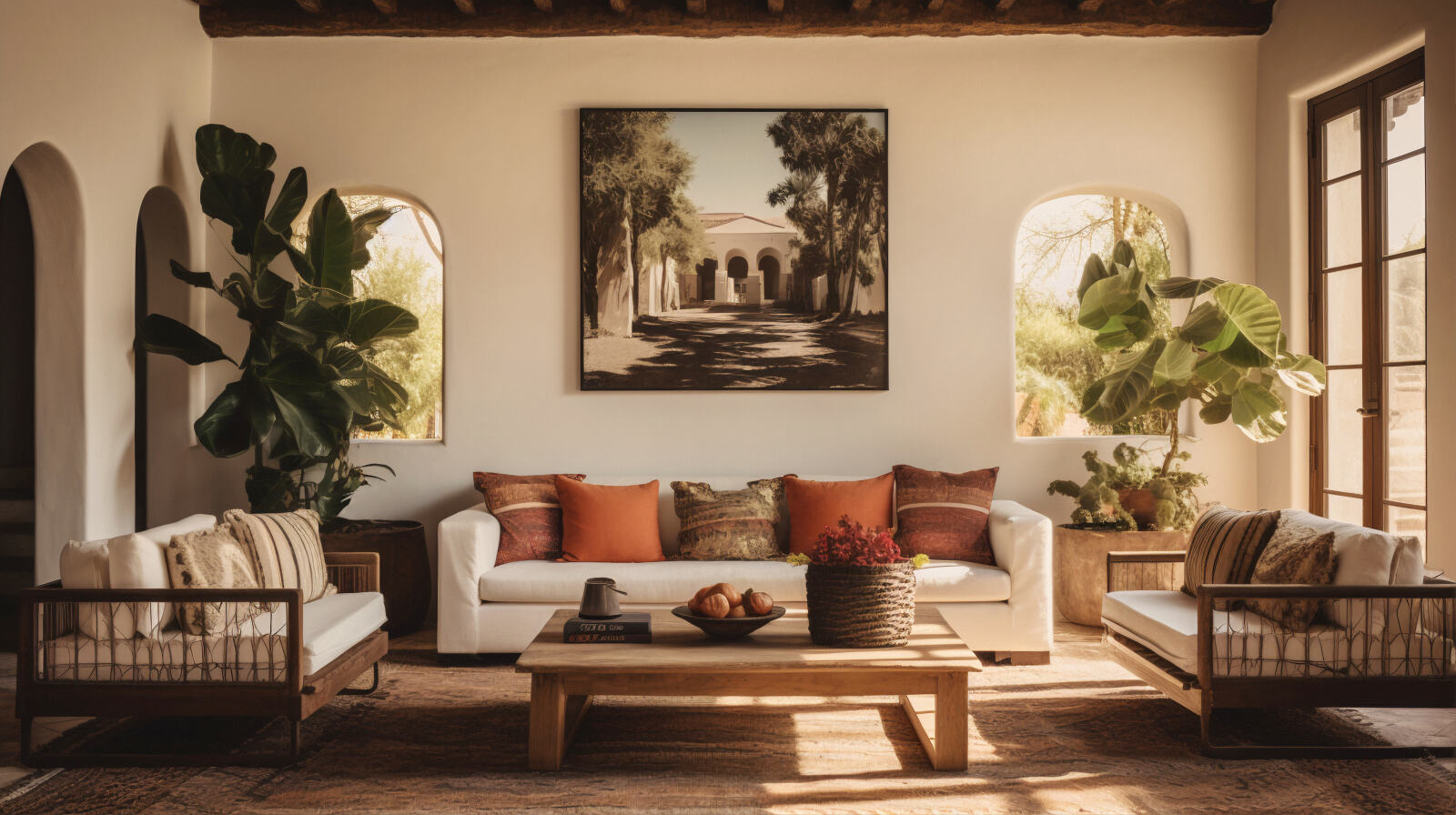
Japandi style is a harmonious blend of Japanese minimalism and Scandinavian functionality, creating interiors that are calm, clean, and highly intentional. This design approach emphasizes natural materials, muted color palettes, and clutter-free spaces. Simplicity is key—every element is chosen for both its beauty and purpose. Light wood tones, low-profile furniture, and cozy textiles define the look, promoting a sense of serenity. Japandi style celebrates craftsmanship and nature, resulting in interiors that feel both warm and peaceful, with a perfect balance between rustic charm and modern elegance.
9) Art Deco Style
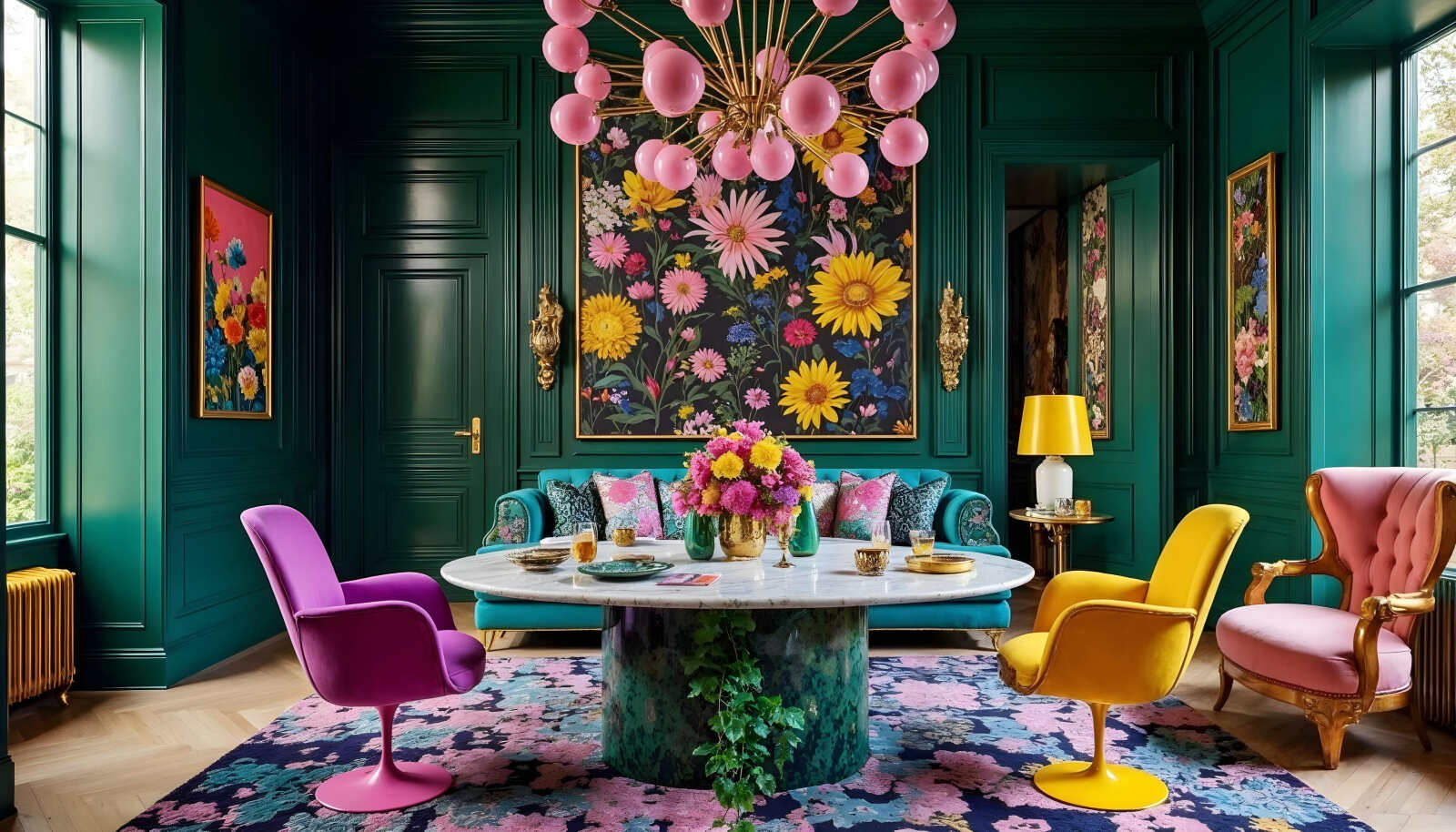
Art Deco style is a glamorous and bold design movement characterized by rich colors, luxurious materials, and striking geometric shapes. This style often features metallic finishes like gold, brass, and chrome, combined with polished woods and glossy surfaces to create an opulent atmosphere. Art Deco embraces symmetry, bold patterns, and elegant details, making spaces feel sophisticated and dramatic. Perfect for those who love vintage luxury with a modern twist, Art Deco interior design brings timeless elegance and a sense of grandeur to any room. AI enhances this style by enabling designers to easily experiment with patterns, textures, and color schemes through virtual simulations, streamlining the design process and helping visualize stunning Art Deco interiors before implementation.
10) Coastal Style

Coastal interior design brings the relaxing vibe of the beach into your home by incorporating natural elements like driftwood, rattan, and sea glass. This style typically features a fresh white and blue color scheme, evoking the colors of the ocean and sky. Light, airy fabrics and open layouts enhance the breezy, casual feel. With its emphasis on simplicity and nature, coastal design creates a serene, uplifting atmosphere perfect for those who love the seaside lifestyle. AI-driven software helps optimize lighting and spatial flow to perfectly capture the airy, relaxed feel of coastal spaces, making design decisions faster and more accurate while bringing the seaside vibe indoors with ease.
Conclusion:
The integration of AI into interior design is not just a trend but a transformative shift in how spaces are envisioned and realized. From optimizing layouts to personalizing aesthetics, AI empowers designers and homeowners to create spaces that are both functional and reflective of individual styles. As technology continues to evolve, embracing AI in interior design will be key to crafting innovative and personalized living environments. For those looking to stay ahead in this dynamic field, enrolling in a comprehensive Interior Design Course that covers AI tools and techniques can provide the essential skills needed to thrive in the future of design. Let AI be your creative ally—turning imagination into immersive, intelligent interiors.
Frequently Asked Questions

Corporate Headquarters
No. 25, Dr. Radhakrishnan Salai, Mylapore,
Chennai - 600 004, Tamil Nadu, India.
+91 98843 85048
Flagship Events
Trending Courses
Fashion Design
Interior Design




